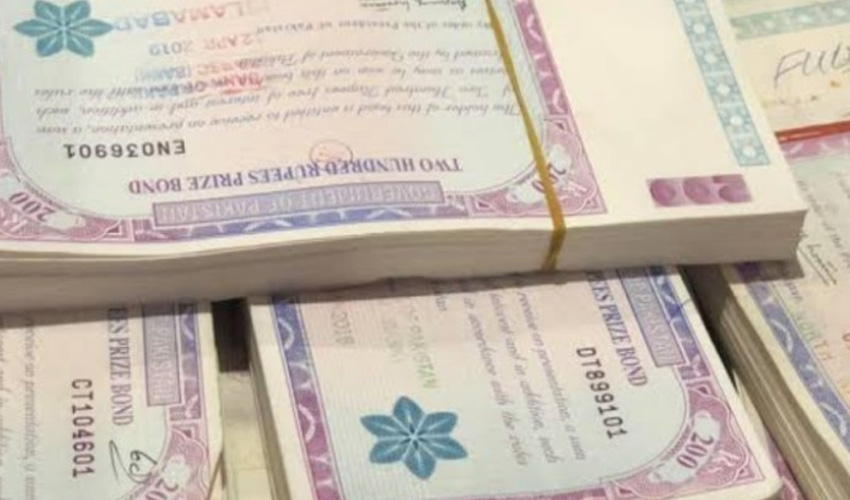As the holiday season kicks into high gear, so does the risk of falling victim to online scams, especially on platforms like PayPal.
Fraudsters are increasingly employing sophisticated methods to exploit unsuspecting users. In the bustling world of e-commerce, it's crucial to be aware of potential threats.
How PayPal Scammers Operate
PayPal scammers employ various tactics to gain access to sensitive data and user accounts. From manipulating shipping addresses to fake invoices and phishing attempts, users need to stay vigilant. Understanding these common methods is the first step in safeguarding your financial transactions.
One prevalent scam involves customers overpaying for goods and requesting sellers to refund the excess amount via bank transfer. Unwary sellers who comply risk losing both the original transaction and the refunded amount. Vigilance and skepticism are key when dealing with such requests.
Scammers often target sellers of bulky items, proposing to cover the high transport costs through PayPal. Fake transfer receipts, seemingly legitimate, leave sellers believing they've been paid. The final blow comes when sellers are asked to transfer the supposed transport costs, only to realize the shipping company never existed.
Phishing attacks
Phishing, a classic scam technique, involves fake emails or messages designed to trick users into revealing sensitive information. Users receive urgent emails that seem to be from PayPal, directing them to fake websites. Staying cautious, avoiding suspicious links, and employing two-factor authentication are essential to thwart phishing attempts.
While the "Friends and Family" payment option on PayPal is free, it lacks the buyer and seller protection offered by the "Goods and Services" option. Users should be cautious when opting for the free version, especially in private sales, as it may expose them to potential risks without recourse for reclaiming payments.
PayPal 101: Golden rules for secure transactions
Adhering to simple rules can significantly enhance security when using PayPal. Utilizing PayPal's buyer and seller protection, verifying sender addresses, and promptly reporting suspicious messages to PayPal support are crucial steps to safeguarding sensitive data and assets.
Recognizing warning signs can help users steer clear of potential scams. Generic salutations, poor English in communications, false urgency, and requests for personal information in emails are red flags. PayPal never solicits personal data via email and users should exercise caution with file attachments and dubious links.
A robust password manager is essential for protecting against unauthorized access. With the prevalence of weak passwords, adopting complex, unique passwords and utilizing password managers across devices can mitigate the risk of falling victim to fraudulent activities.


























